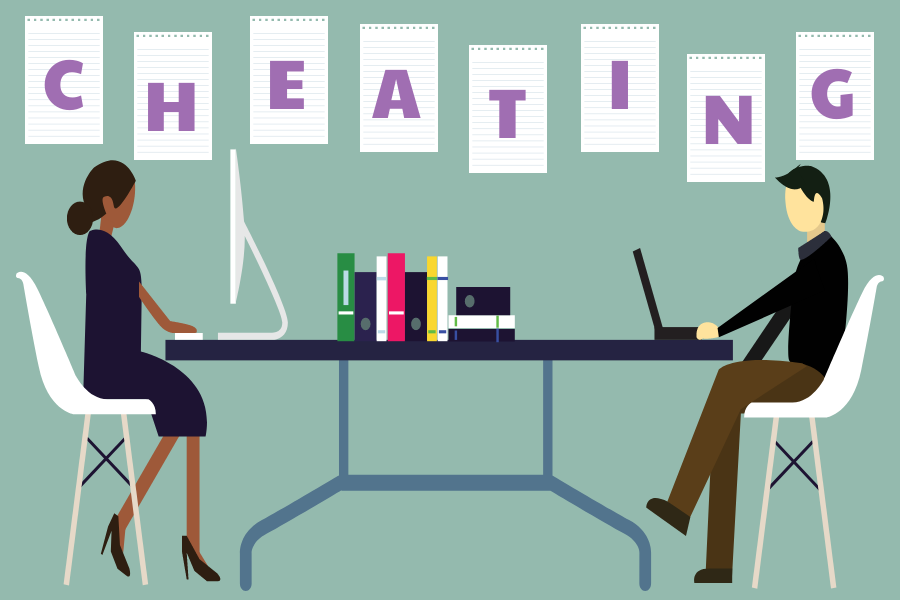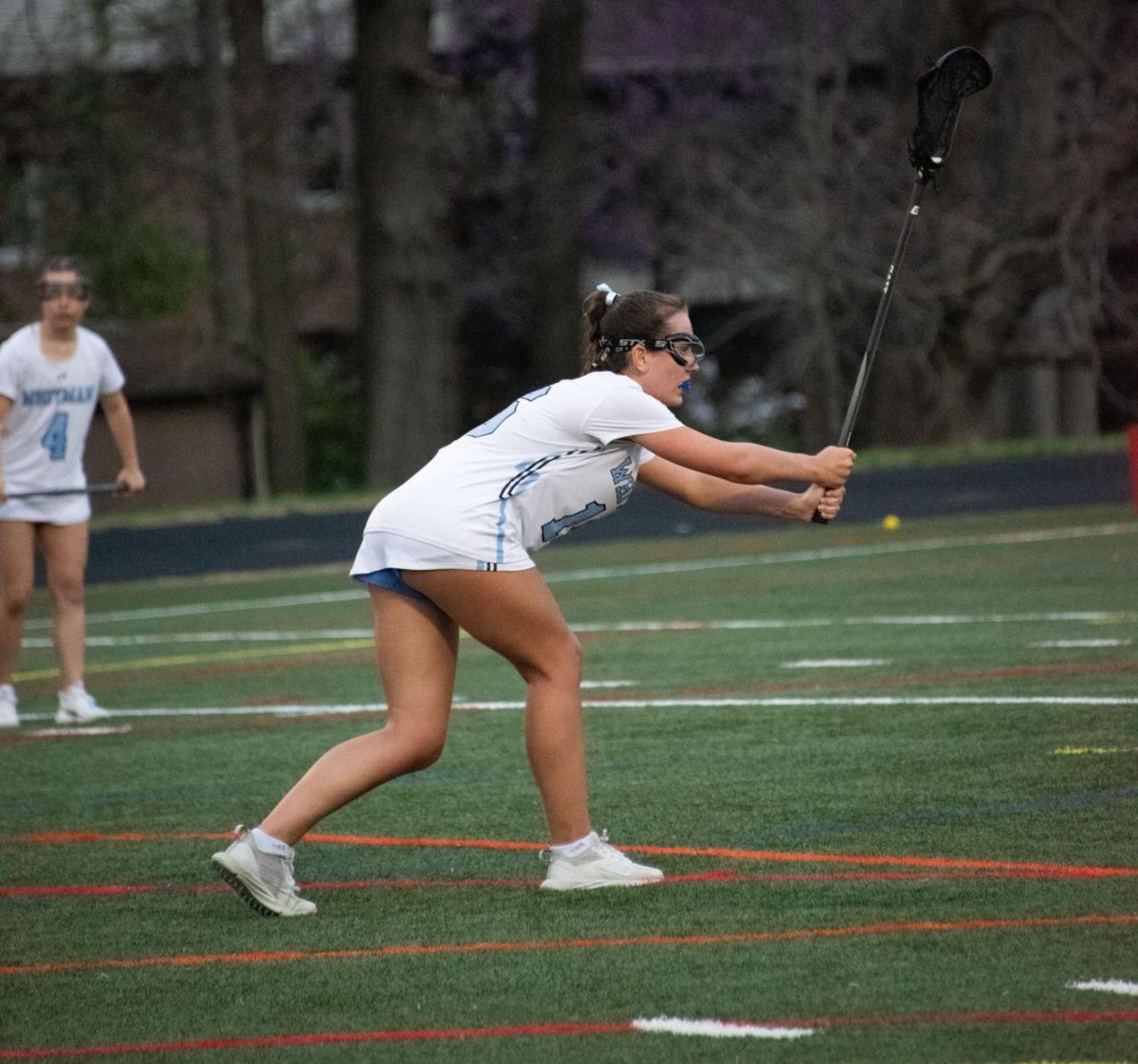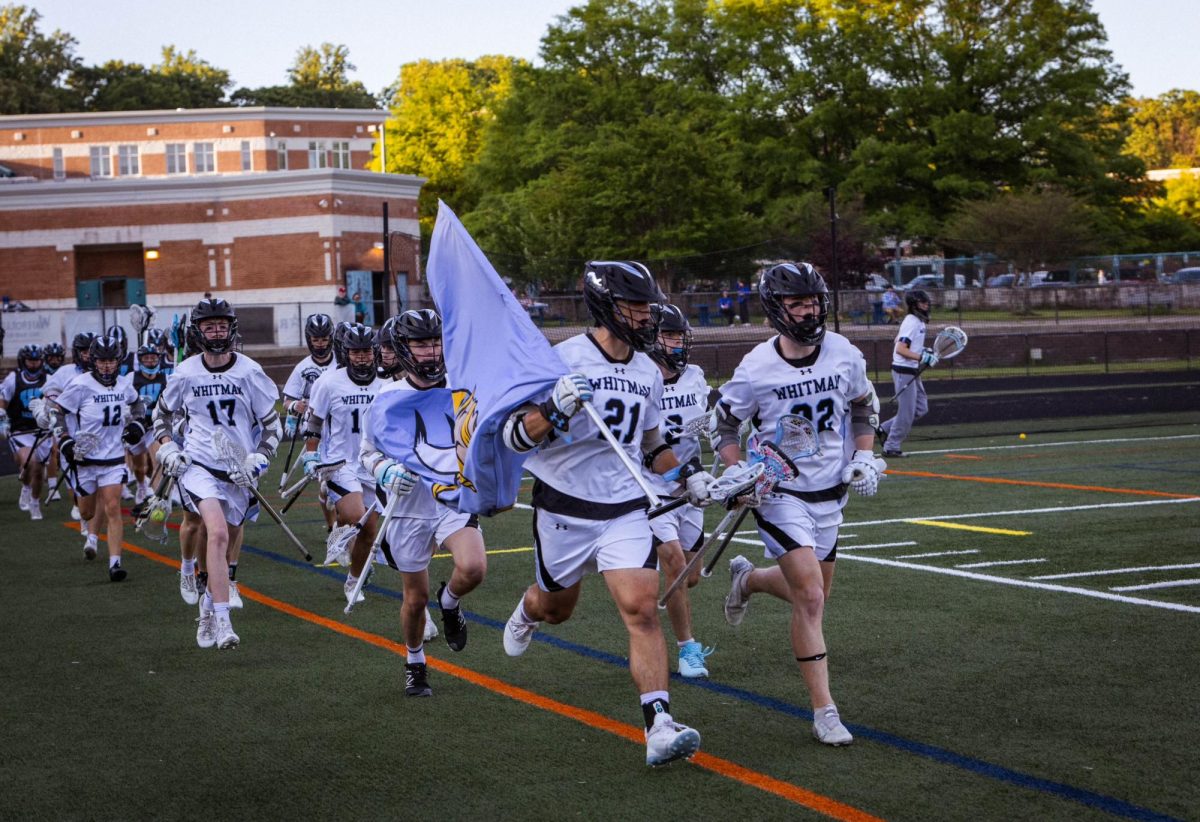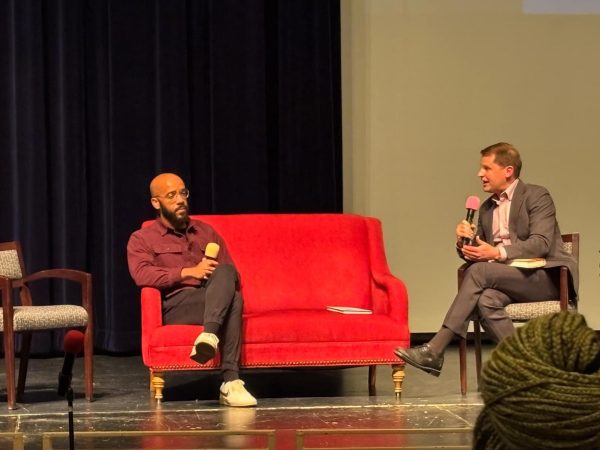Cheating: an epidemic in virtual learning
Though cheating has always been hard to stop in school, the new virtual landscape makes academic dishonesty far easier.
January 3, 2021
In the virtual classroom, taking a test requires self-control. Search tabs loom in the corner of the computer screen, and class notes are scattered across the bedroom floor. In the privacy of one’s own home, cheating can be tempting, and, in this wholly digital era, it’s nearly impossible to get caught.
Online learning has transformed academic dishonesty in high school from problematic to pervasive. Many students have taken advantage of online resources, such as Photomath or Google Translate, to verify or solve their work. Students also have unsupervised access to class notes and worksheets, making it less difficult to perform well on tests.
Two anonymous students, referred to in this article as ‘Beth’ and ‘John’ to protect their identities detail their experience cheating. According to them, various classes require differing levels of cheating.
“I cheat the most in history and science just because I have to know the most vocab and it’s a lot of memorization,” Beth said. “So just to click a Google search or print out of notes is helpful to have.”
Since the start of the school year, students have become more creative with their cheating methods, making them less detectable.
“I type all of my notes out on Google Docs, about six or seven pages usually, and post them on my bulletin board behind my computer,” John said. “That way, it looks like I’m looking at my computer screen but I’m looking at my notes.”
Teachers have made efforts to combat cheating, employing plagiarism detectors like Turnitin.com. Teachers also use Canvas — a course management system for posting class information such as quizzes, assignments and grades — to detect cheating attempts. Through Canvas, teachers can see the time and duration when students click away from the testing tab.
AP US Government and Politics teacher Suzanne Johnson finds the Canvas tool helpful, but she does not use the results against students.
“I don’t know what tab they were going on to,” Johnson said. “They could have potentially been going on to Facebook to check a notification which would have nothing to do with the test that they’re taking.”
As an alternative approach, Johnson sets time limits on tests through Canvas to discourage students from cheating.
“Setting a time limit does curb the potential of cheating a little bit,” Johnson said. “You don’t want to spend time searching for an answer and then not get to the last 20 questions.”
Along with time limits, Johnson randomizes the questions’ order and occasionally creates multiple versions of the test to make it more difficult for students to receive the correct answers from their friends.
AP Environmental Science teacher Mira Chung has a different strategy to reduce cheating. Instead of focusing on cheating prevention, Chung devalues the weight of her tests.
“I’ve made my tests worth a smaller percentage of the course overall so that hopefully they don’t feel inclined to cheat,” Chung said. “So if they get like a D or C on all the tests, they can still get a B in the class if they do everything else really well.”
When writing tests, Chung also includes more free response questions than multiple choice questions.
“We do writing a lot more, and I think you see a clear understanding of whether or not a student actually understands the material,” Chung said. “I think it makes it harder for the students to cheat because if you do, you have a not-thorough answer that shows that you have a half understanding.”
As a means of better preparing students and making them feel less inclined to cheat, Beth and John suggest that teachers provide more optional test review sessions and open-note quizzes.
Although virtual learning has made cheating more straightforward, many students still recognize the disadvantages.
“I don’t cheat in my AP classes because I know it’s very accumulative,” John said. “I want to make sure that I can pass the exam when it comes.”
Students also recognize the importance of understanding their class materials. Cheating is not effective in certain classes, Beth said.
“In math I don’t cheat as much because I want to actually be able to understand it.” she said. “Math tests are difficult to cheat on, and generally easier if you just understand the content.”
As the possibility of in-person school approaches, students must adapt from their online-learning habits — for many, this includes frequent and unchecked academic dishonesty. While some students have become accustomed to constantly having the answers, they expect they will still be able to maintain the same grades outside a virtual setting.
“I still study for all the tests,” Beth said. “My cheating is more of just reinforcement notes or quick search for something I don’t know or wasn’t in my notes. I’d say I’m still ready for in-person testing.”
Although the risk of cheating is exponentially higher in the virtual environment, teachers trust that their students will have academic integrity.
“You can use Turnitin.com, you can use the Canvas tab tool, but at the end of the day you just have to hope that students have enough integrity,” Johnson said.











